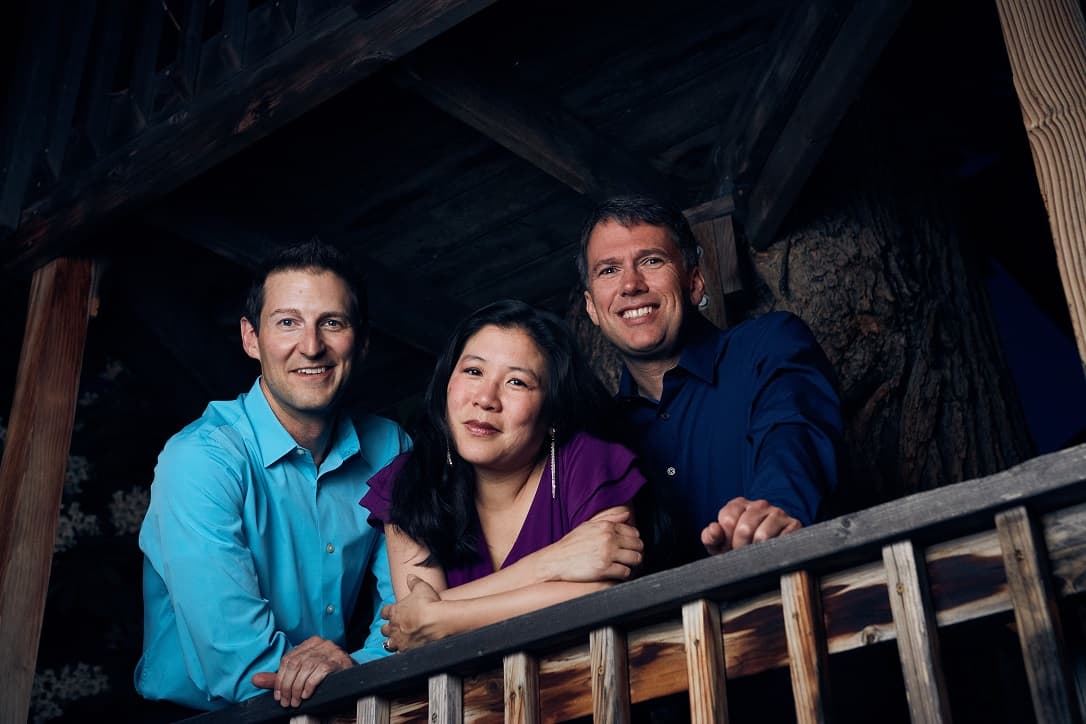Spruce beetles have already affected about 40% of spruce firs in Colorado, leaving their mark on hundreds of thousands of acres of conifer forest. As temperatures increase, researchers at Colorado State University predict it’s likely the infestation will follow suit across the Rockies.
A recent report, co-authored by Colorado State University Assistant Professor Seth Davis, centers on the flight time or active period of spruce beetles. Temperature is a strong predictor of that.

Spruce beetles are found at higher elevations. Davis said the research took place at 15 sites across the state, including mountain passes such as Wolf Creek Pass, Cameron Pass and Berthoud Pass.
“In warmer locations, we found that the flight period tended to occur for a fair amount longer,” Davis said.
According to models based on the findings of Davis and his team, adding one degree Celsius to the daily temperature could potentially extend the beetle’s active period from a few weeks to multiple months. Researchers said the projection is based on the assumption that new global greenhouse gas production would be eliminated by 2020.
Davis says his findings point to the beetles having a greater impact on conifer forests in the future, but adds that beetle kill, just like wildfire, is part of the natural life cycle of a forest.









